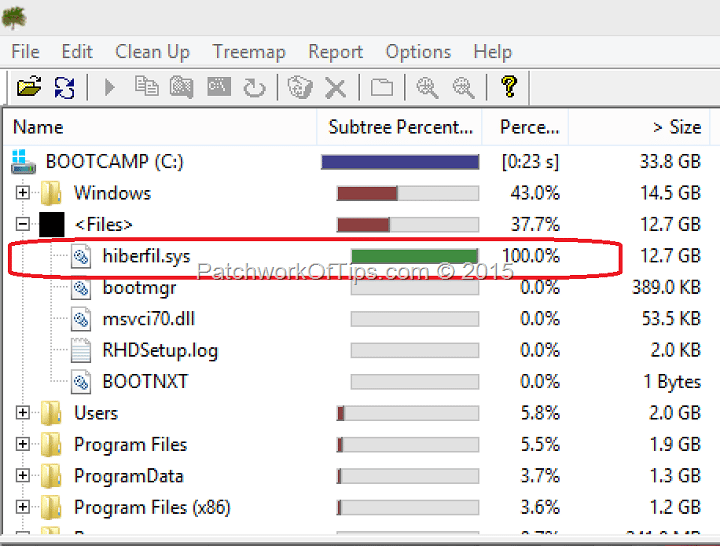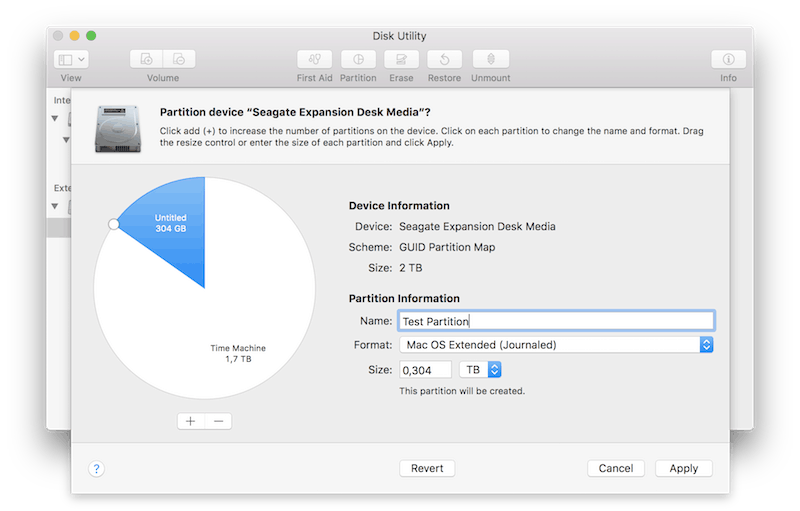

- #How to partition a mac book how to#
- #How to partition a mac book mac os#
- #How to partition a mac book install#
- #How to partition a mac book drivers#
- #How to partition a mac book update#
In addition to the partition type, the partition can be Primary, Extended, or Logical: This partition table allows your operating system to understand where your files are located by reading the partitions on your disk drive. No matter what partition type your system uses, information regarding your partitions is stored in the partition table. Apple supports these partition types for those who work with dual operating systems or external storage devices formatted in Windows.
#How to partition a mac book mac os#
Mac OS Extended (HFS+) – Prior to APFS, HFS+ was the default file system, appearing on all Macs with macOS 10.12 and earlier.APFS has strong encryption and features space sharing, snapshots, and improved file system fundamentals. APFS is optimized for SSD storage that’s used in recent Mac computers, but it also supports older, traditional hard disk drives (HDD) and externally attached storage. Apple File System (APFS) – By default, all Macs with macOS 10.13 or later use the Apple File System ( APFS) partition type.Apple directly supports three partition types: Apple File System (APFS), Mac OS Extended (HFS+), and MS-DOS (FAT)\ExFAT. Partition types, also known as file systems, dictate how your hard drive handles your data. Q: Should I protect my PC partition with a Anti-Virus Software?Īnswer: Yes! I recommend using the free anti-virus version of AVAST. So if you get a virus on your windows, you would not get a virus on your mac, Vice Versa. Q: If I get a virus on my PC, will my Mac Get a Virus?Īnswer: NO, the windows and mac partitions can not touch each other. I created a simple Mac Script Application where you can run the App to restart in Windows Automatically. In the Windows Task Bar, right click the BootCamp Logo (Should be a rotated Grey Square) and select “Restart in Mac OSX.”
#How to partition a mac book drivers#
Follow the set up instructions on installing the drivers then restart. Insert the disc into the CD Drive and wait for the set up to load.
#How to partition a mac book install#
Now go and get your Macintosh OS Install Disc, not the Applications Disc. You can eject it (since the edject key on the keyboard does not work yet) by going to My Computer and right clicking the CD drive and selecting eject. Once you are on the Windows Desktop, eject the Windows install CD. It should be titled BOOTCAMP and be close to the size you chose in step 4. Make sure when it asks you to install windows on the Boot Camp Partition. You will now be guided through a series of steps of installing windows on your BootCamp Partition. Select the disc and hit enter or the up arrow with your mouse. (If you are on a Server, you might see a server selection, just ignore it)

Select the Size of the Partition by dragging the bar left and right. If you only have one hard drive on your Mac, you should not be prompted with this. Step 3.Īfter selecting the “Create or remove Windows Partition” Option in BootCamp Assistant, you will need to select what hard drive you want to partition or install windows on. Now that you have decided, open up BootCamp Assistant (~/Applications/Utilities/BootCamp Assistant) and follow the directions.

Windows XP: 20 GB – 32 GB (OS Size ~ 2 GB).Windows Vista: 40 – 80 GB (OS Size ~10 GB).You are now going to decide how large you want your windows hard drive. You can tell if you have updated if the BootCamp assistant if it mentions windows 7 within the set up instructions.
#How to partition a mac book update#
If you want to install Windows 7, make sure you have updated BootCamp via software update (Apple Logo > Software Update). You will need to have a copy of Windows XP, Vista, or the New Windows 7. Please keeep in mind that you must be running Leopard or Snow Leopard (10.5.X or 10.6.X).
#How to partition a mac book how to#
Today guys, I am going to be showing you how to create a windows partition (the right way) on your Mac.


 0 kommentar(er)
0 kommentar(er)
